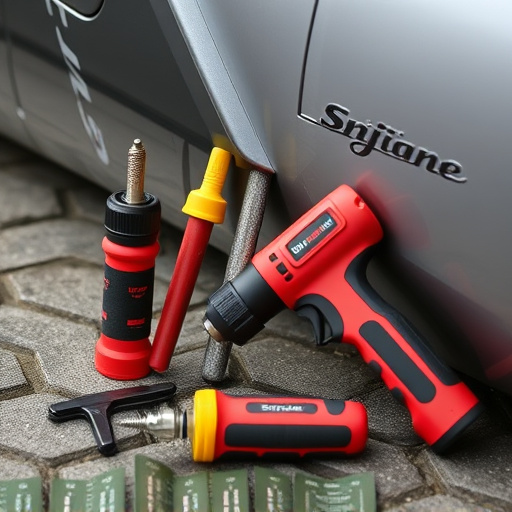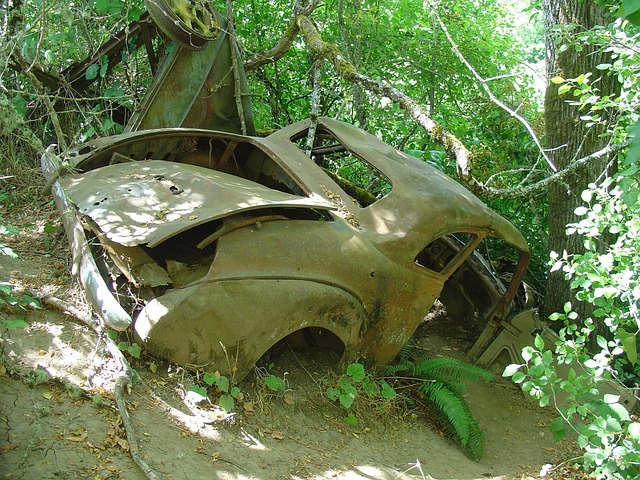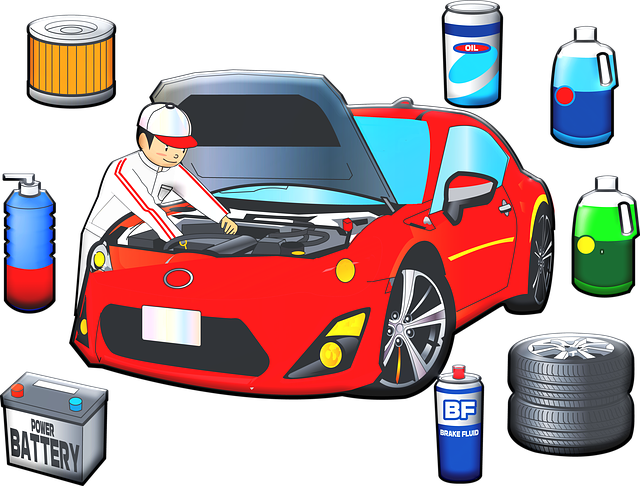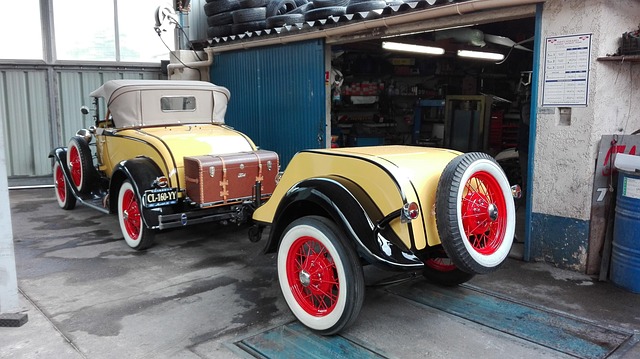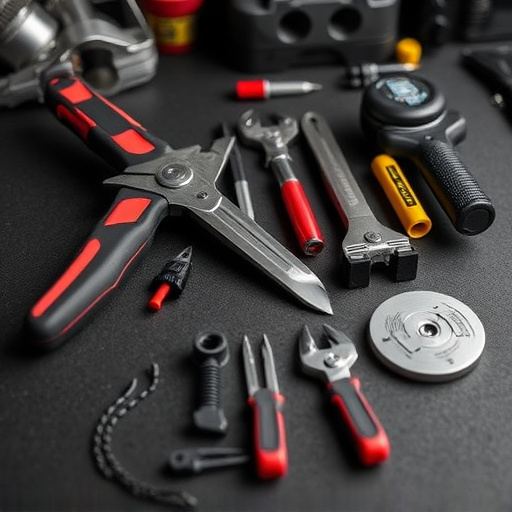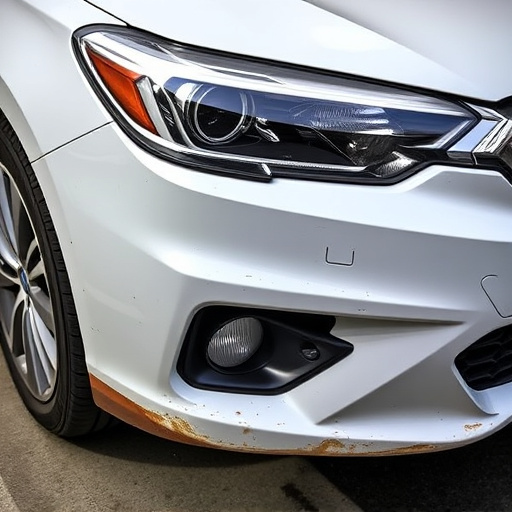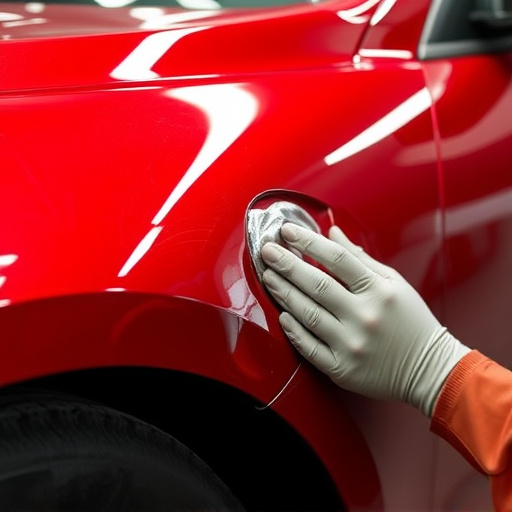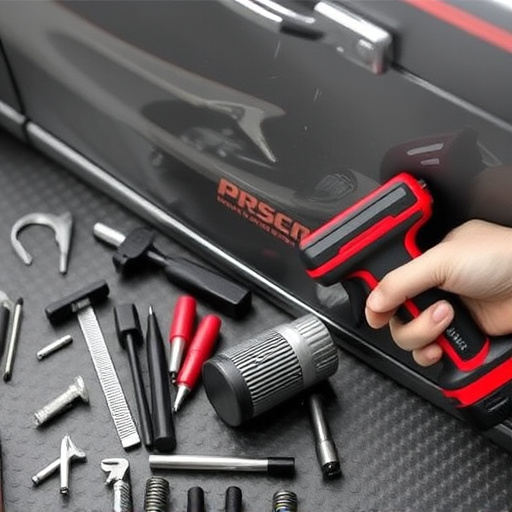Specialty trim repair is a meticulous process that restores and replaces intricate interior and exterior car components, enhancing aesthetics and value. It requires skilled technicians knowledgeable about various vehicle makes and models, capable of handling minor repairs to full restorations. This work involves delicate panels like door sills, dashboards, and custom wood veneers, demanding precise color matching and seamless blending. Efficient completion relies on specialized tools, high-quality materials, and deep knowledge of tailored repair services for specific makes and models. For auto enthusiasts, this service is crucial for achieving a flawless finish and reviving a car's original beauty.
In the realm of home aesthetics, specialty trim repair stands out as a meticulous art. This intricate process involves the skilled restoration of architectural details, from elegant moldings to ornate baseboards. Understanding the scope and timeline of these repairs is pivotal for both professionals and clients. This article delves into the intricacies of specialty trim repair, exploring common types, unique challenges, and the factors influencing completion timelines. By deciphering these elements, homeowners and contractors alike can manage expectations, ensuring a seamless and satisfying renovation journey.
- Understanding the Scope of Specialty Trim Repair
- – Defining specialty trim repair
- – Common types of trim and their repair needs
Understanding the Scope of Specialty Trim Repair

Specialty trim repair involves the meticulous restoration and replacement of intricate interior and exterior components that enhance a vehicle’s aesthetic appeal and overall value. This is not your typical auto maintenance or collision repair job; it requires skilled technicians who understand the nuances of different car makes and models. The scope of work can range from repairing minor scratches and dents to complete restoration after an accident, ensuring every detail aligns with the vehicle’s original design.
Many specialty trim repair jobs involve intricate panels, such as door sills, dashboards, or even custom wood veneers. Technicians must possess the expertise to match colors precisely, blend repairs seamlessly, and maintain the structural integrity of these components. Efficient completion often hinges on factors like access to specialized tools, high-quality materials, and a deep knowledge of vehicle repair services tailored to specific makes and models.
– Defining specialty trim repair

Specialty trim repair is a meticulous process focused on restoring or replacing intricate interior and exterior components of vehicles that are often not covered by standard auto insurance policies. These parts, such as door panels, dashboards, and even headliners, require skilled technicians to ensure they match the vehicle’s original specifications. Unlike collision repair, which primarily deals with structural damage, specialty trim repair delves into the finer details, enhancing the aesthetic appeal and overall value of a vehicle.
In an auto detailing context, specialty trim repair is crucial for achieving a flawless finish. Auto collision centers specializing in this field employ advanced techniques and tools to carefully disassemble and rebuild these intricate pieces, ensuring they fit seamlessly back into the vehicle. The goal is not merely to fix but to revive the car’s original beauty, making it an essential service for enthusiasts who value both functionality and aesthetics in their vehicles.
– Common types of trim and their repair needs

Trim elements on vehicles can vary widely based on the make and model, but common types include door trims, window frames, and fenders. Each of these components requires specialized care during repair to ensure they not only look like new but also function properly. For instance, while a simple scrape or dent on a fender might be straightforward to fix using techniques like auto collision repair or mercedes benz repair for more premium vehicles, intricate designs or custom trim pieces may demand a more delicate approach.
Specialty trim repairs often involve precise techniques specific to the material and design. This could range from replacing damaged parts to expertly blending paint and repolishing surfaces. Consider a mercedes benz repair shop, known for its meticulous craftsmanship, where every detail is considered to match the original equipment. Similarly, fender repair processes can significantly impact the vehicle’s overall aesthetics and safety, making it crucial to have them handled by professionals equipped to handle various trim repair needs.
Specialty trim repair, encompassing a diverse range of materials and techniques, typically follows a structured timeline. By understanding the scope of work involved, from identifying damaged components to selecting appropriate replacement parts and executing precise restoration methods, professionals can set realistic expectations for clients. Given the intricate nature of specialty trim, efficient project management ensures that repairs are completed promptly, preserving the aesthetic integrity and value of homes or commercial spaces.
